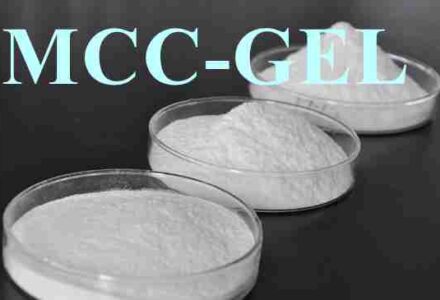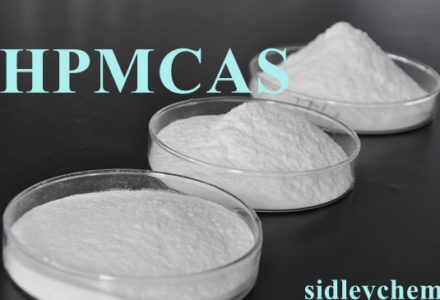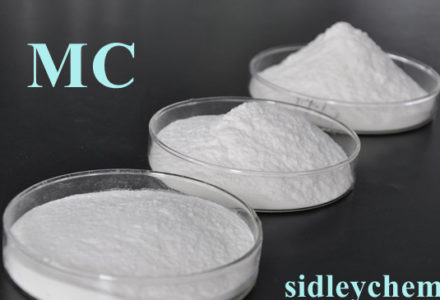In the pharmaceutical industry, hydroxy propyl methyl cellulose (HPMC) can act as pharmaceutical excipients. It is widely used in oral drugs such as matrix controlled-release and sustained-release preparations as the release-blocking material to regulate the drug release, or as sustained-release agents, pellets and capsules of coating materials. The most widely used are dimethyl carboxymethyl cellulose.. read more →
1. Appearance Characteristics The cellulose ether is generally white or milky white, odorless, non-toxic, and in the appearance of fibrous powder with fluidity. It is easy to absorb moisture and dissolves in water into a stable and transparent viscous gel. 2. Thickening Properties The cellulose ether is dissolved in water in the morphology of colloids,.. read more →
In the formulations of building materials, the dosage of cellulose ether is only 0.1% to 1%. But it plays an irreplaceable role. Various applications of cellulose ether in building materials will be introduced as follows. 1. Latex and Latex Building Materials Such cellulose derivatives as MC, CMC, HEC and HPMC can be used in the.. read more →
Emulsifying, Dispersing and Anti-redeposition agents in Washing Products With the soap base as the main active ingredient, the body wash, after use, has no creamy feel of general surfactants , is easy to clean and can protect the skin’s natural luster. HEC has excellent solvent resistance to the electrolyte, and the solution contains high concentrations.. read more →
Solubility of Sodium Carboxy Methyl Cellulose Sodium Carboxy Methyl Cellulose is a natural hydrophilic colloid. Sodium Carboxy Methyl Cellulose particles disperse in water, then immediately swell and dissolve. 1. Under stirring, slowly adding Sodium Carboxy Methyl Cellulose can accelerate the dissolution; 2. In the case of heating, dispersedly adding Sodium Carboxy Methyl Cellulose can improve.. read more →




